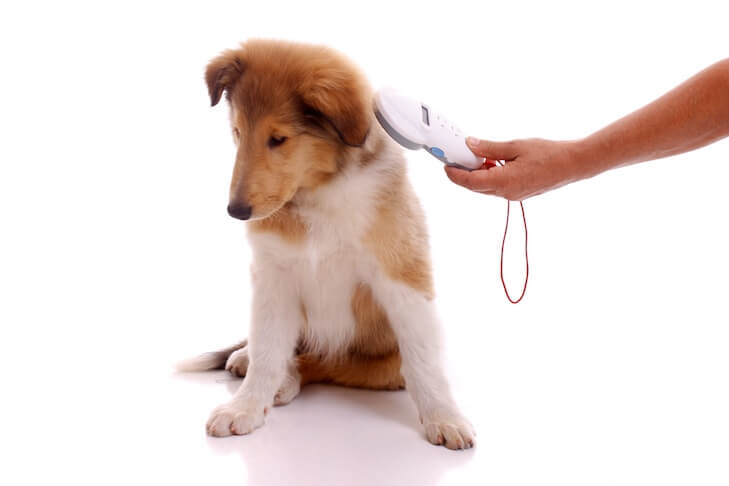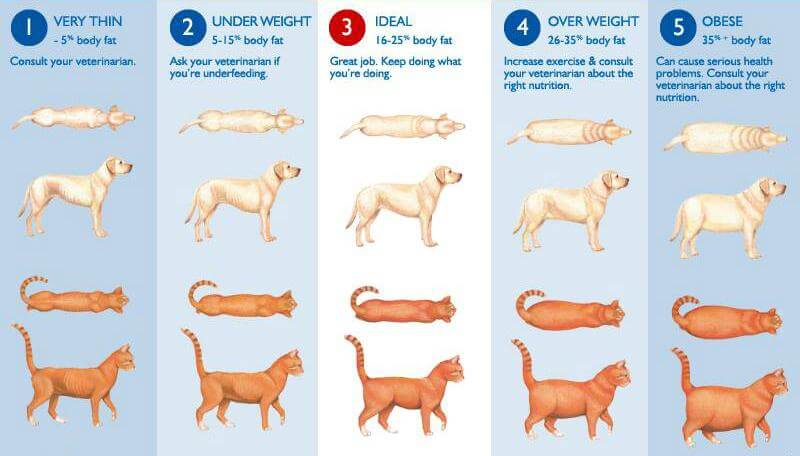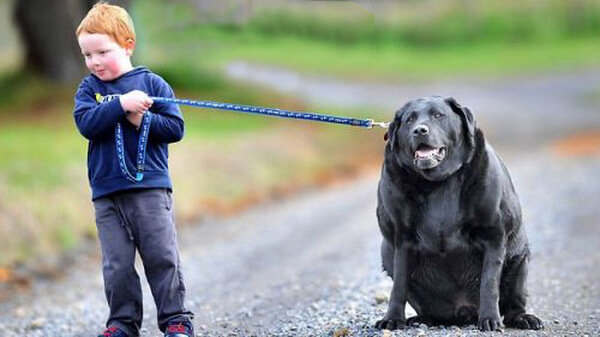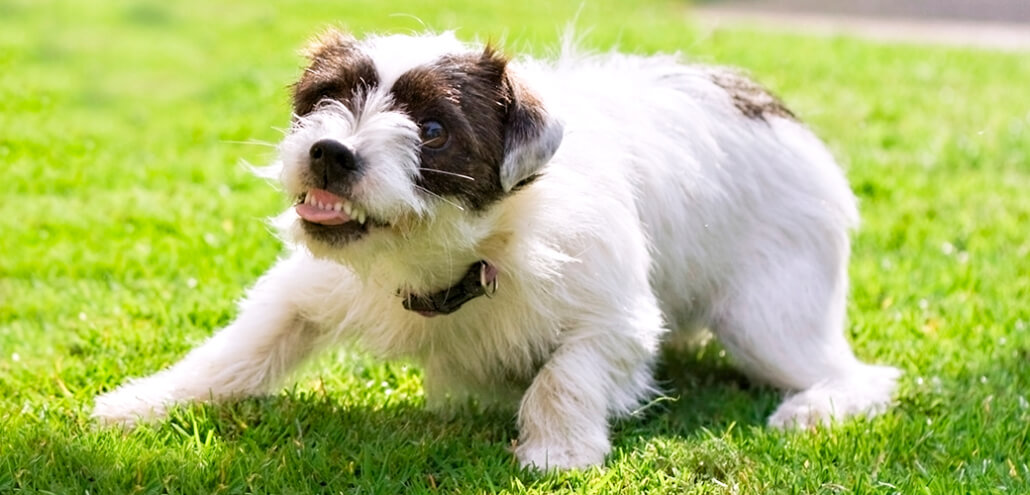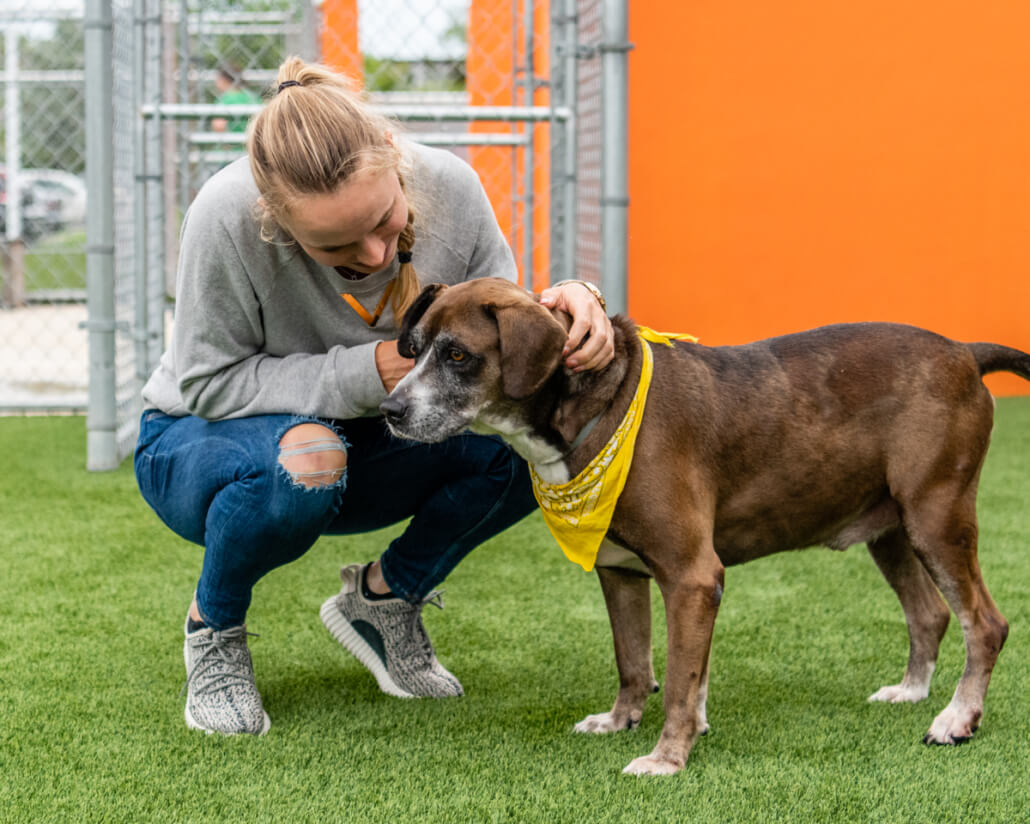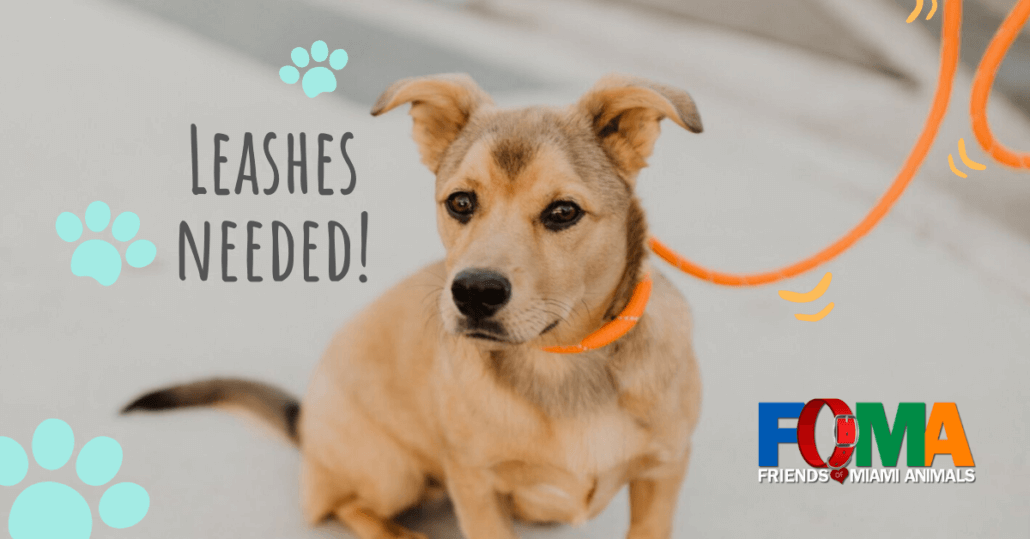Shelter Wish Lists for the Holidays
Are you in the giving spirit for the holiday season? Consider donating to our shelter pets! Shelters provide care to animals daily and with so many animals coming in to shelters, they are always in need of supplies. We created this Shelter Wish List of items so that you can be a part of FoMA’s mission of saving and improving the lives of homeless pets in Miami-Dade County by making their lives a little better while they wait for forever homes!
Keep reading to the end of the article for a link to our wishlist on Amazon where you can easily select any items on this list and directly benefit shelter pets.
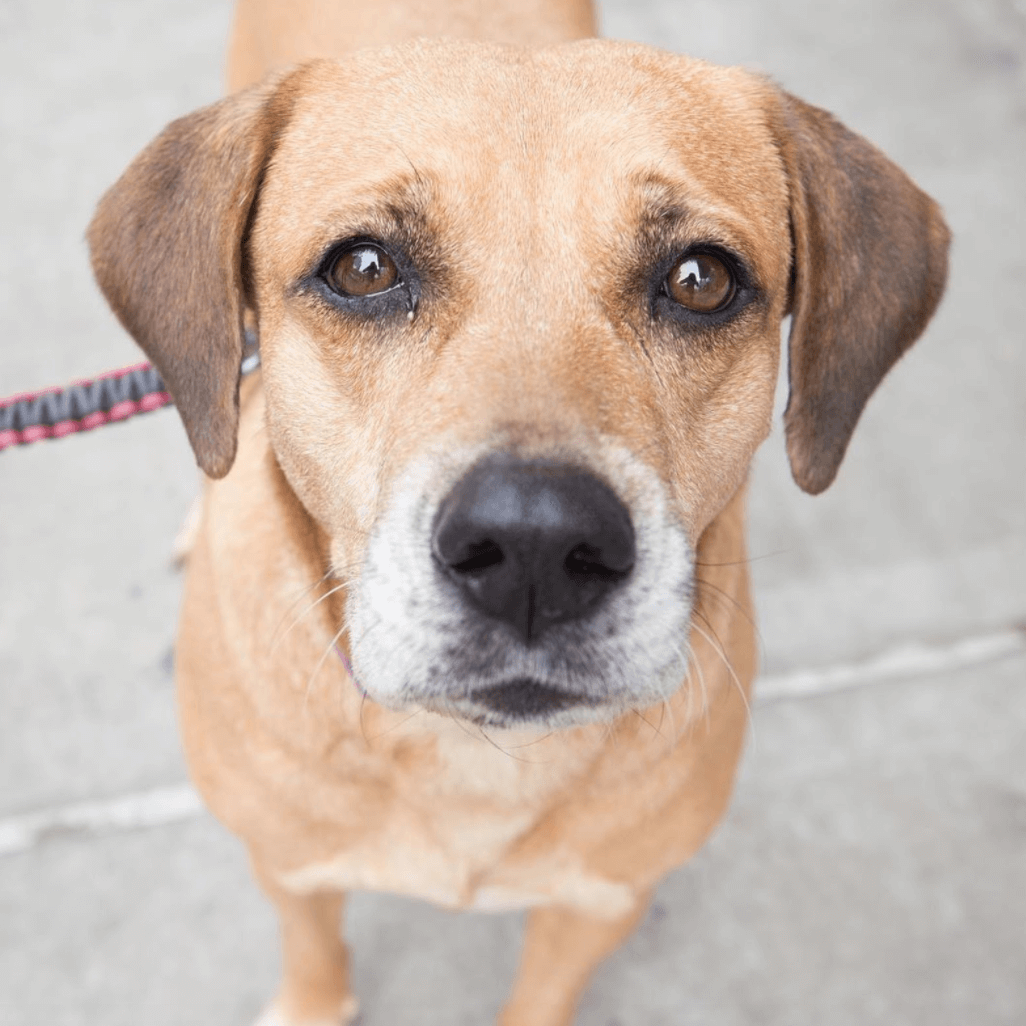
Enrichment Toys
Our County’s only open-intake shelter in Doral can be caring for as many as 400 pets at any one time so it can be hard for them to get extended time outside or to have human interaction through playtime. Enrichment items such as durable toys, feeding toys and comfort items can help with an animals’ mental stimulation and overall well-being. Dogs and cats can use the toys in their kennel while they wait for their forever families to adopt them!
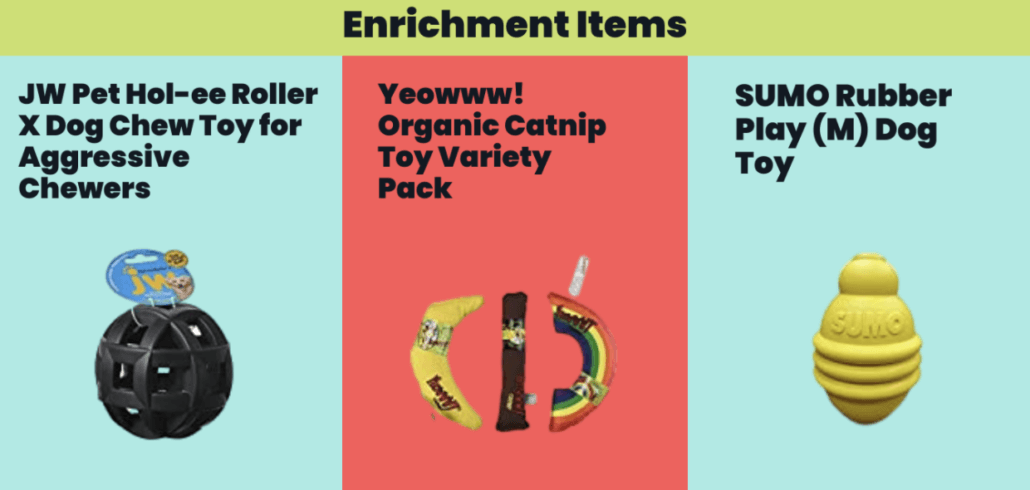
Bedding and Blankets
Since the animals can be in their kennels for long periods of time, we want to make sure they have comfy bedding. These items can help pets be adopted faster – According to Operation Blankets of Love, shelter pets that appear in more home-like settings have higher rates of adoption!

Snacks and Treats
With the number of animals in their care, shelters are always in need for snacks and treats for both dogs and cats. These come in handy as volunteers use the treats in working with and training as well.

Kitten Cuddlers Supplies
Kitten Cuddlers care for neonate kittens around the clock, ensuring their survival during their most vulnerable period. With donations of kitty formula and supplies you are truly helping save the lives of neonate kittens!
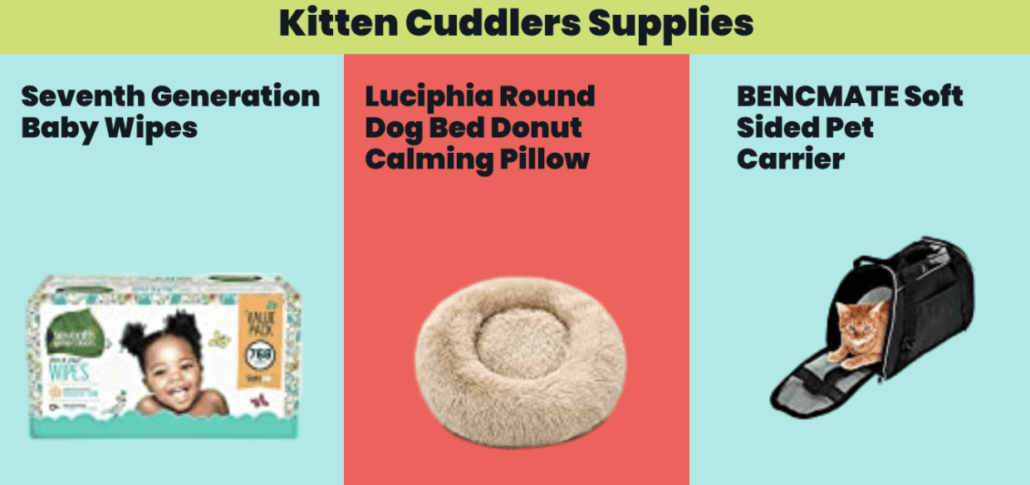
Collars and Leashes
According to PetMD, dogs need to be walked from 30 minutes to 2 hours each day, depending on the breed and need for exercise! Volunteer walkers use donated leashes to walk dogs while fosters receive all the items necessary to take a shelter into their home. So collars, leashes and harnesses are vital for our shelter pets.
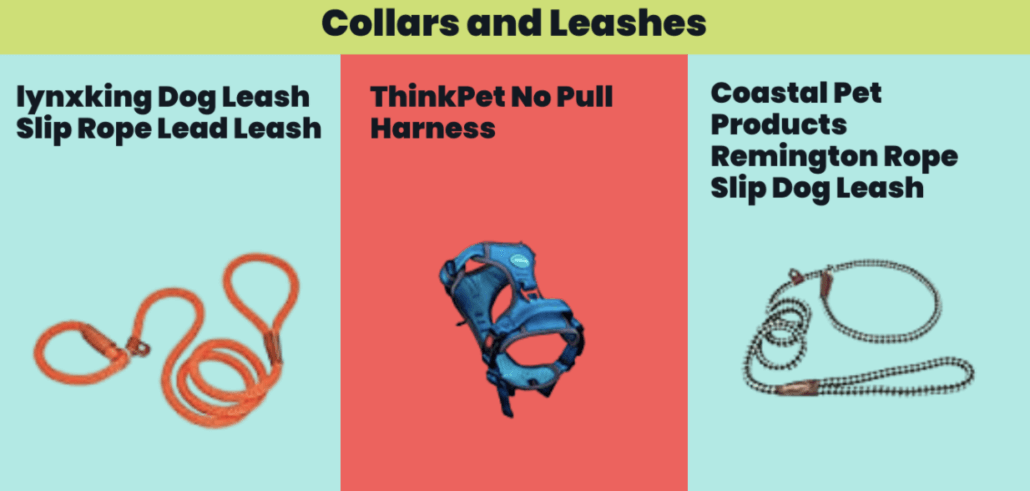
And Lots of Other Items!
Our Wish List has so many items to choose from and items in every price point. For as little as a few dollars you can make a pet’s holiday by sending them a gift and helping make their lives better. It’s so easy to do through our Amazon Wish List. Just click the link below and select the holiday gifts you want to send our shelter pets.
Plus, if you start your shopping via smile.amazon.com don’t forget to select “Friends of Miami Animals Foundation Inc.” as your charity of choice. You’ll be helping shelter pets and will be giving back to FoMA with every purchase, too, at no extra cost to you.
Get started HERE: https://www.amazon.com/hz/wishlist/ls/22OCXV3I6W4CY?ref_=wl_share
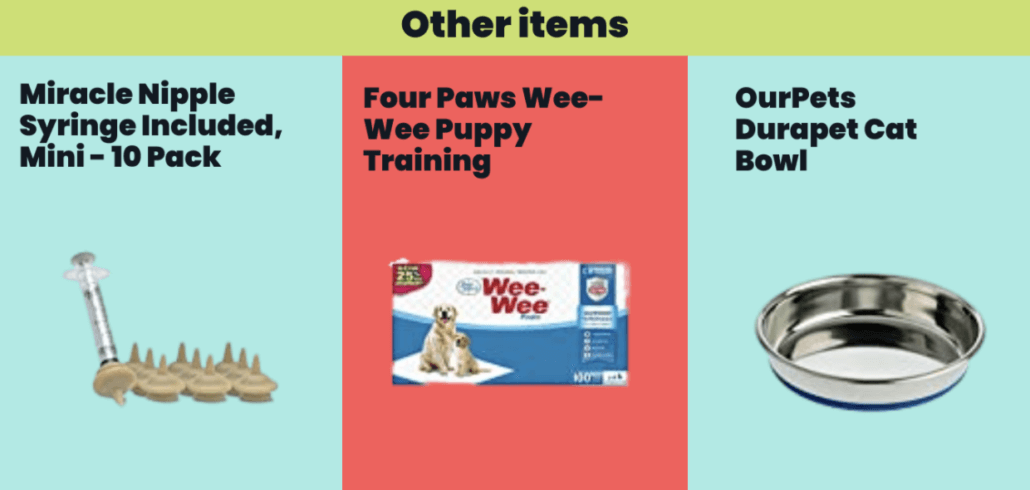
We hope you can be a part of bringing happiness to a pet in need and help make their holidays brighter!
